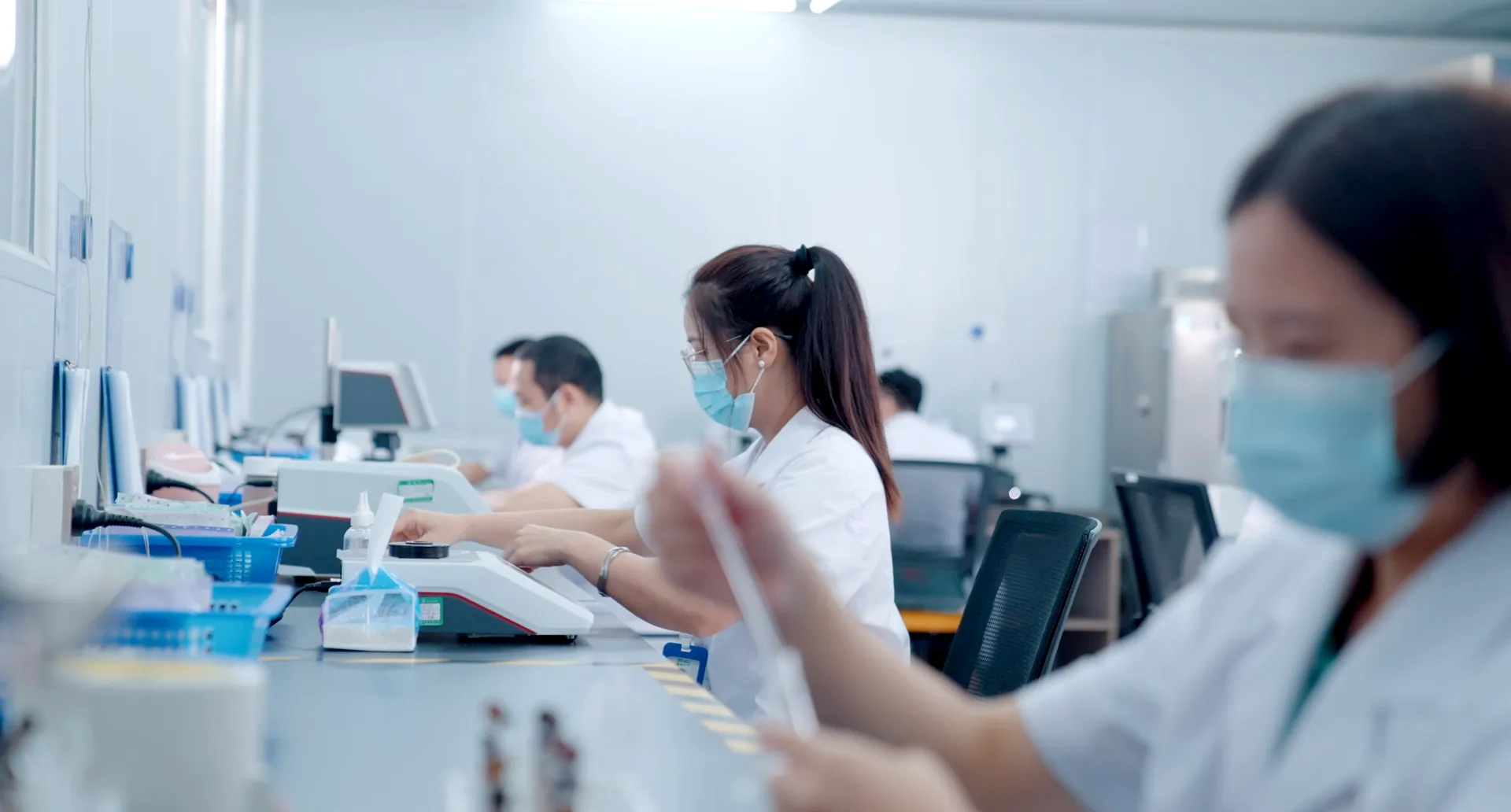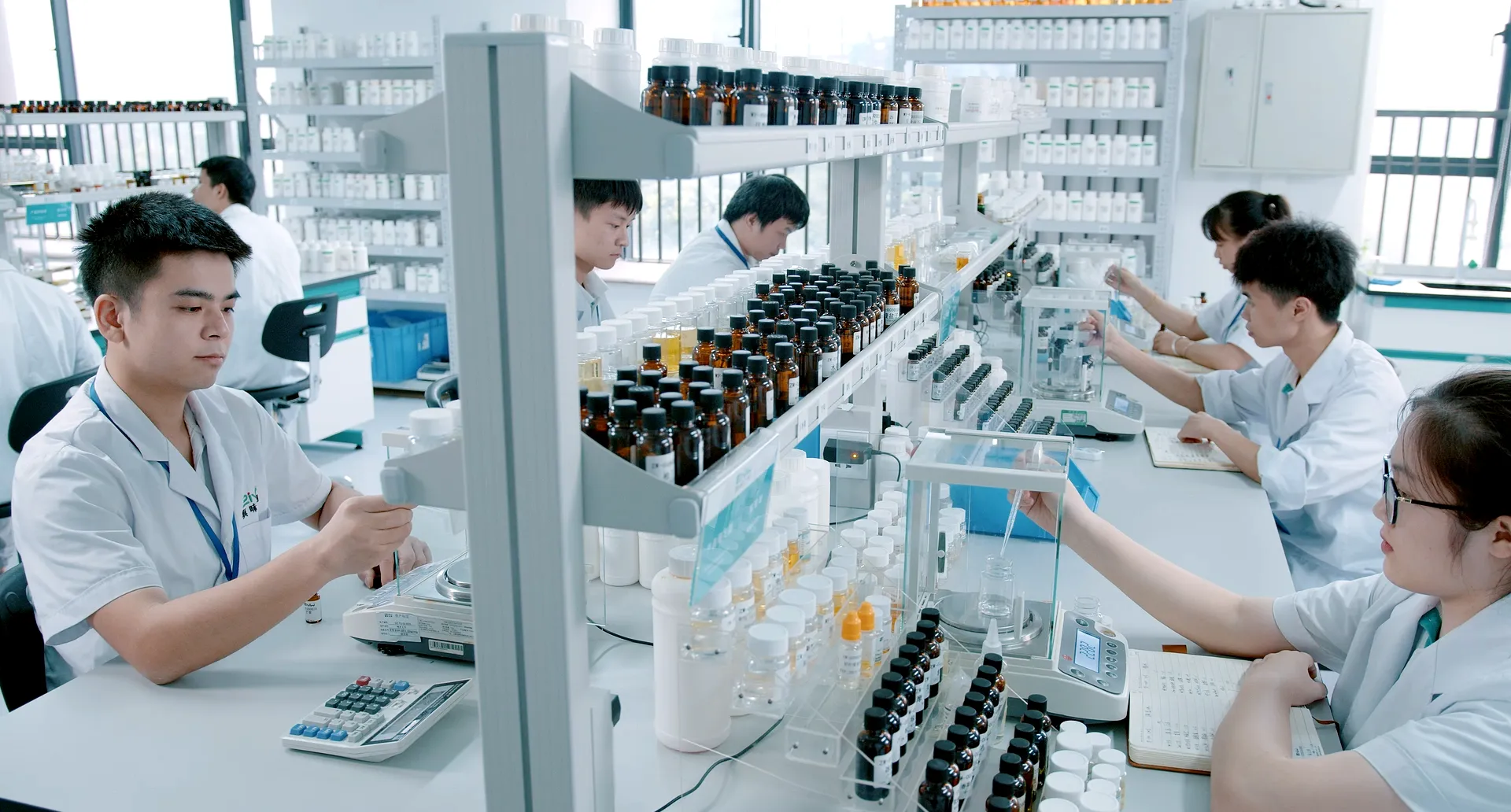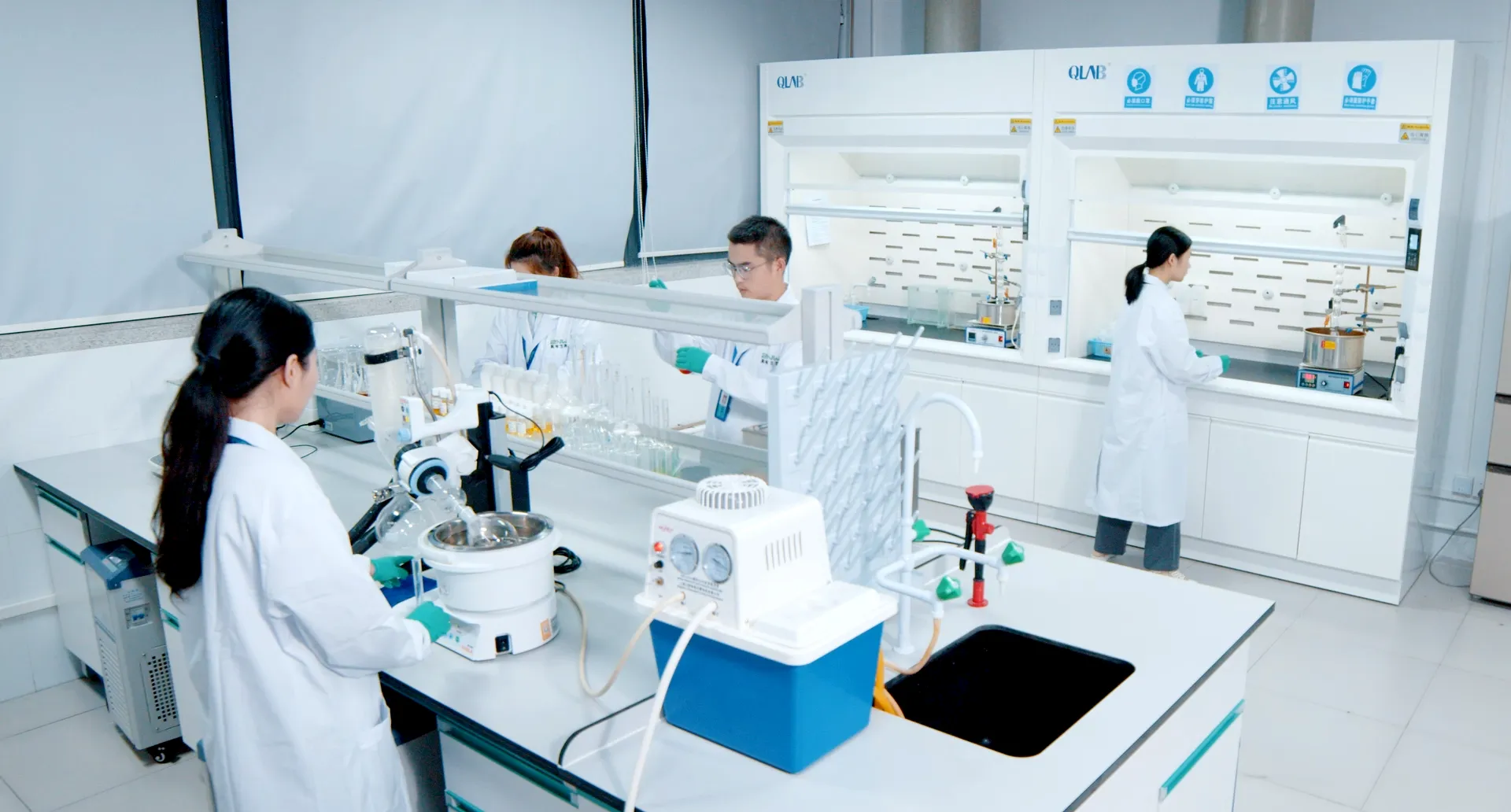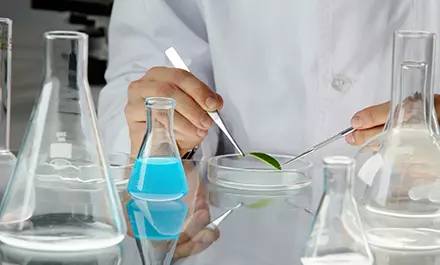
How is e-liquid made and how to adjust the taste when e-cigarette is not satisfying?
E-liquid is an essential component for e-cigarette users, as it's the most consumed item in vaping. Different brands, flavors, prices, and production environments exist, but the production process remains similar. So, how are those bottles of "expensive" e-liquid made? Today, let me introduce you to the e-liquid production line.
Although e-cigarettes have only been around for a few decades, there are already thousands of e-liquid flavors available. Leading e-liquid companies, such as Zhenwei Biotechnology, have over 40,000 e-liquid formulas, offering almost any taste you can imagine. If your e-cigarette is not satisfying, you can adjust the taste by experimenting with different e-liquid flavors.

Step One: Preparing the Ingredients for Making E-Cigarette E-Liquid
Compared to the dizzying array of flavors, the ingredients in e-liquid are quite simple, consisting of only four components: propylene glycol (PG), vegetable glycerin (VG), tobacco extract (mainly nicotine), and food-grade flavoring.
Propylene Glycol (PG): PG is produced through the hydration of propylene oxide. It is much thinner than glycerin and produces less vapor. However, PG provides a strong throat hit, which many users enjoy.
Vegetable Glycerin (VG): VG is a colorless, sweet-tasting, clear and viscous liquid with no odor and a warm sweet taste. It is also called glycerol by national standards, which can absorb moisture from the air and can be used as a solvent, lubricant, medication, and sweetener. VG is a type of chemical compound belonging to alcohols. Although e-liquid is referred to as "oil," it is not a true oil and cannot cause any diseases such as lipoid pneumonia. When heated, it produces vapor, which can be inhaled. VG produces a large amount of vapor and is often used in high vapor and high sweetness e-liquid formulas.
Nicotine: Nicotine is a highly addictive substance that occurs naturally in tobacco. It is the active ingredient in tobacco smoke and has a pungent smell and a spicy taste. Nicotine is defined as a toxic, oily, and pale yellow substance that turns brown when exposed to air. The nicotine content in tobacco leaves ranges from 3% to 7%. A smoker inhales about 3 milligrams of nicotine per cigarette. Even a small amount of nicotine can cause blood vessel constriction, increase heart rate, and affect the central nervous system.
Food-Grade Flavoring: There are hundreds of different types of flavorings, and the flavor of e-liquid is determined by the formula of the flavorings used. Different types and proportions of flavorings can create vastly different e-liquid flavors.

Step 2: Prepare tools for making e-liquid
If you are making e-liquid flavors in a laboratory setting, you generally need tools such as an electronic scale, glass bottles or containers, droppers, and equalizers.
For batch production of e-liquid in a workshop, large-scale production equipment and a GMP-level production workshop are required.

Step 3: Mix the e-liquid
First, add the tobacco extract to a container, then add flavorings, propylene glycol, and vegetable glycerin in sequence according to the proportions. During the process, constant shaking and stirring are required, and the mixture is left to settle for some time to allow the various ingredients to blend together.
If an e-cigarette doesn't provide enough "kick," it's mainly due to the nicotine content, i.e., the proportion of tobacco extract. According to the new national standard for e-cigarettes, the nicotine content should not exceed 20mg/g for beginners.
At this point, the e-liquid is ready. The prepared e-liquid can be injected into a disposable electronic atomizer for use or into a cartridge for use with an atomizer.

We will contact you as soon as possible









